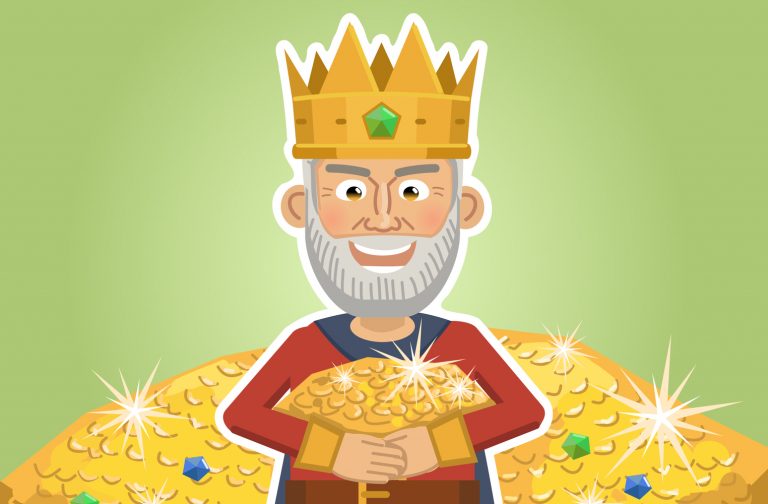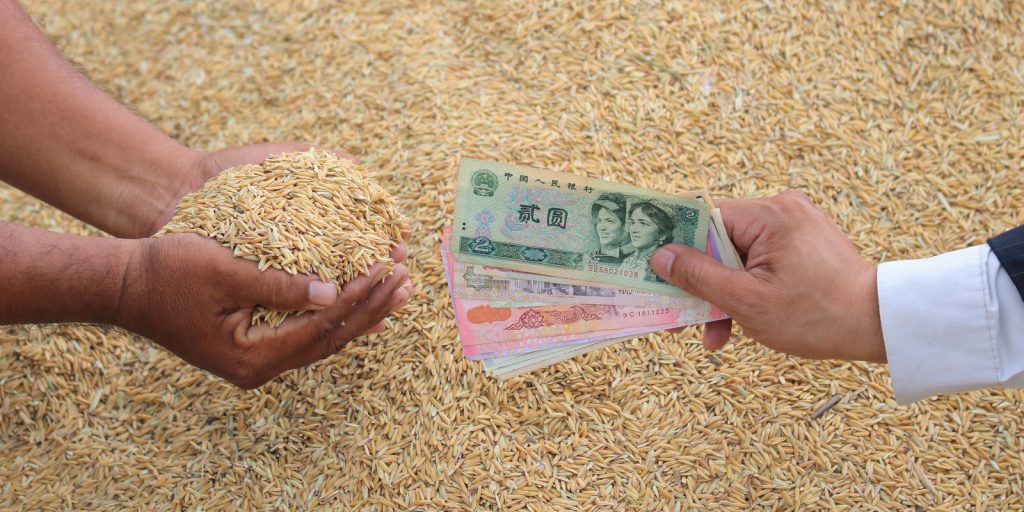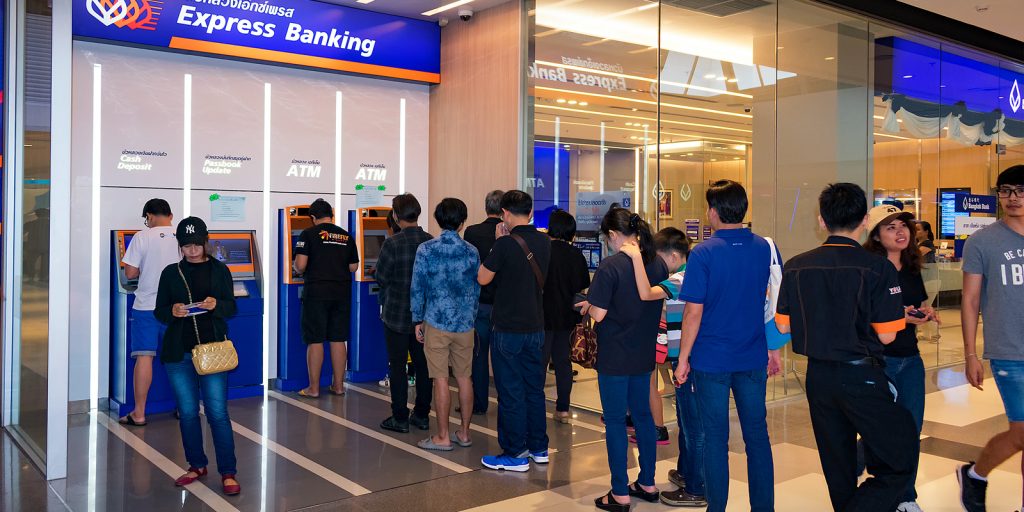
While people tend to think of money as being all the same, the fact is governments and banks use different types of money than the everyday individual. From the top of the economic pyramid of world reserve currencies, down through central bank and commercial bank money, the capacities and function of different kinds of money vary broadly. Beyond M0, M1, and M2 classifications, reserve currencies ultimately afford policymakers opportunities not enjoyable by those holding “downstream” versions of the supply.
Also Read: Money and Democracy: Why You Never Get to Vote on the Most Important Part of Society
Different Money Supplies for Different People
Because various countries classify money differently, understanding the M0, M1, M2, etc., supplies can be somewhat tedious. From the broadest perspective, the two types of money existing worldwide in the current fractional reserve paradigm are central bank money and that of commercial banks. With central banks themselves ultimately relying on world reserve currency and the power to create money directly.

The popular classification system denominated in M’s generally measures different types of liquidity in overall money supplies. Trading Economics defines M0 for the United States as “the most liquid measure of the money supply including coins and notes in circulation and other assets that are easily convertible into cash.”
MB, or the broader monetary base, includes central bank reserves. The average person does not have power to significantly alter this base. The Fed, however, recently increased its balance sheet by creating over $400 billion from September to the end of December last year, demonstrating the monetary hierarchy.




